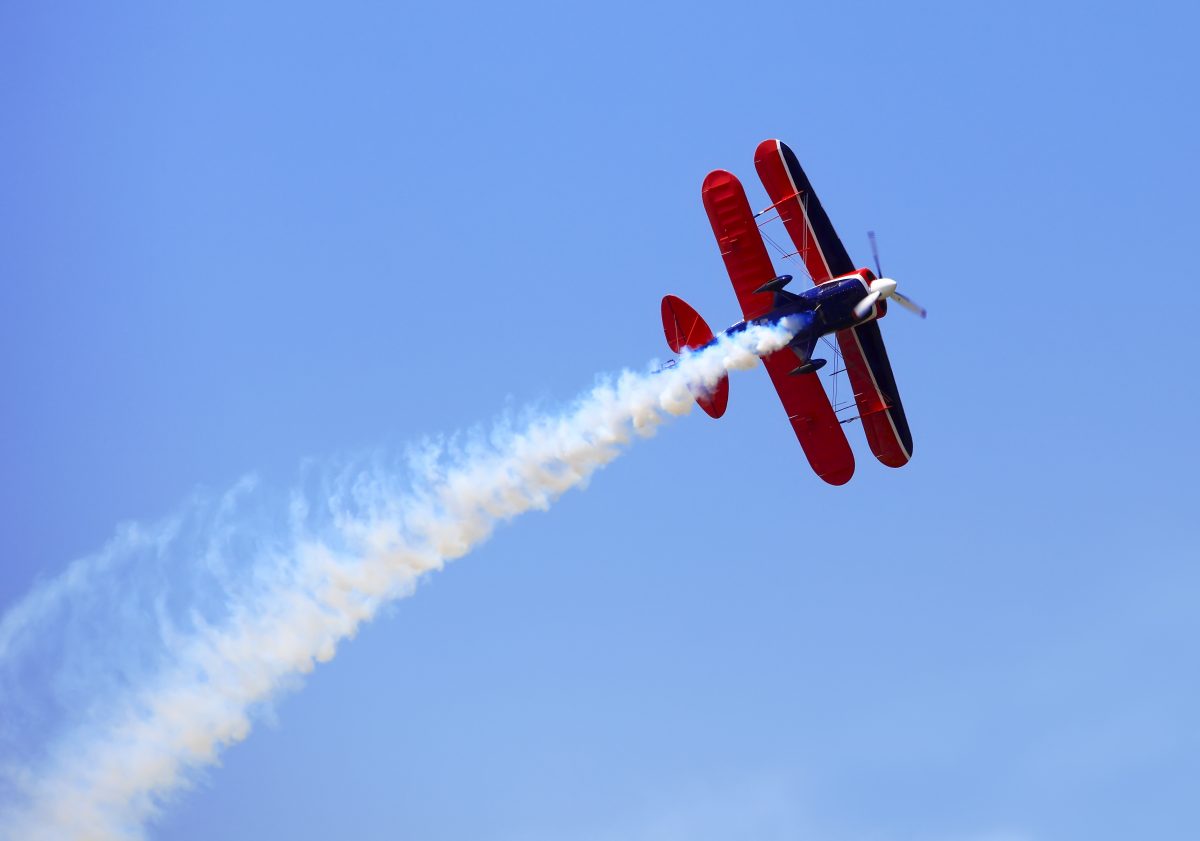Summer is finally here, which means it’s air show season! If you’re like most aviation enthusiasts, you’re excited to watch some of the world’s finest pilots take to the skies for the best in aerial entertainment. But how much do you know about the history of air shows? How popular is the air show business today? Here are a few fun facts to test your knowledge:
- The first organized international flying meet took place in 1909 in Reims, France. Called the “Great Aviation Week,” the event featured several distance, altitude, and speed contests. More than 200,000 spectators attended the event, which also drew many famous early aviators, including Louis Blériot. However, the Wright Brothers were noticeably absent.
- After World War I, the U.S. government had a surplus of airplanes, especially easy to fly trainers like the Curtiss JN-4 “Jenny” biplane. Having no use for the aircraft, the government sold them to ex-military pilots and adventurous civilians who traveled the country to perform aerial demonstrations before a paying audience. These “barnstorming” pilots are often considered the first aerial stunt performers.
- Because aviation was not yet regulated in the age of barnstorming, pilots and aerialists performed riskier stunts than you might see in a modern air show. Stunt pilots performed aerobatic maneuvers recognizable today, like loops, stalls, barrel rolls, and spins. But they would also attempt reckless feats such as flying closely under bridges or through barns. Meanwhile, aerialists would perform stunts like wing walking or dancing, parachute jumping, and switching planes in mid-air. One flying group was even known for playing mock games of tennis on the wings of their airplane.
- According to the International Council of Air Shows, an average of 325-350 air shows take place each year in the United States and Canada.
- The largest air show in the world is EAA AirVenture Oshkosh, which attracts more than half a million spectators each year. Now celebrating its 50th anniversary, AirVenture is known for its daily and nightly air shows featuring some of the world’s top civilian and military aerobatic performers.
- There are five basic categories of aerobatic maneuvers you’ll see at air shows. These include horizontal and vertical lines, loops, rolls, spins, and hammerheads (stall turns). Aerial performers combine these moves in complex, choreographed sequences.
- Being an aerobatic pilot is physically demanding. In flight, aerobatic pilots undergo a high level of g-forces on their bodies, which can cause them to lose consciousness if not properly handled. To help them contend with g-forces, aerobatic pilots follow a rigorous fitness routine that includes strength training, aerobic and anaerobic exercises.
- Staying hydrated is crucial for aerobatic pilots to maintain their focus and prevent fatigue. They must also be careful to avoid eating foods that will spike or lower their blood pressure before flying.
- Between 10 and 12 million Americans attend air shows every year, according to the International Council of Air Shows.
- Aerobatic flying isn’t just for the select few who become air show pilots. Many recreational pilots enjoy flying aerobatic aircraft and taking their skills to the next level with aerobatic training or by participating in local and regional competitions. If you’re interested in aerobatic flying, a good place to start is by checking out the International Aerobatic Club.
What’s your favorite air show? What do you love about it? Let us know on Facebook or Twitter.
